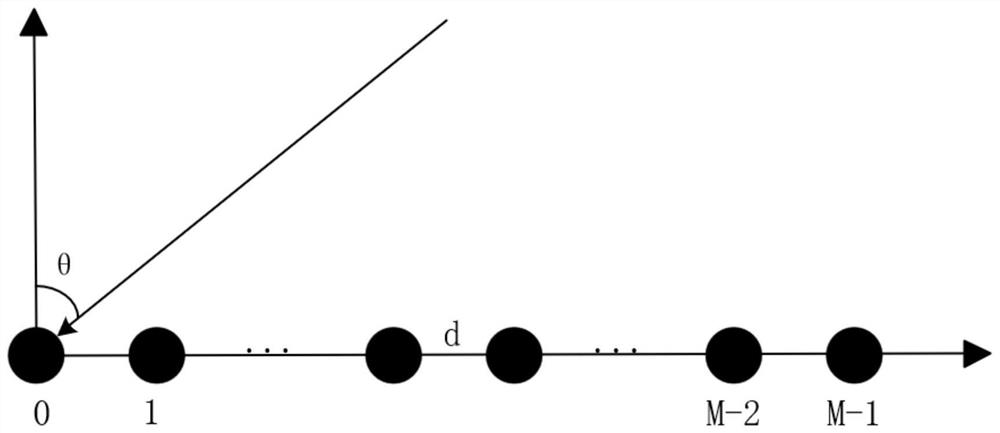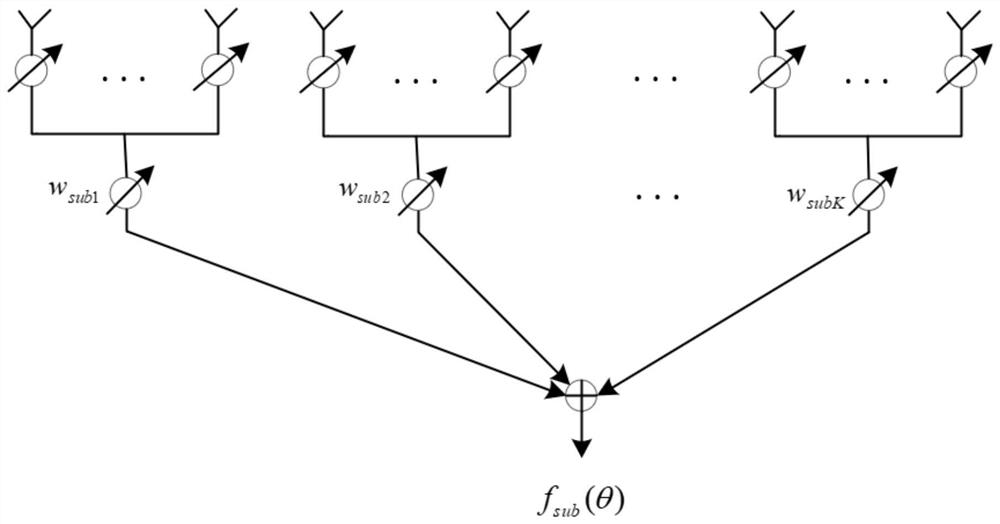Linear array subarray division method based on hybrid genetic algorithm
A hybrid genetic algorithm, linear array technology, applied in the direction of genetic law, constraint-based CAD, genetic model, etc., can solve the problem of high software and hardware complexity
- Summary
- Abstract
- Description
- Claims
- Application Information
AI Technical Summary
Problems solved by technology
Method used
Image
Examples
Embodiment Construction
[0032] In order to make the purpose, technical solution and advantages of the present invention clearer, the present invention will be further described in detail below in conjunction with the implementation methods and accompanying drawings.
[0033] The linear subarray division method of the present invention is suitable for the case of searching for the optimal subarray configuration for a large array. The present invention effectively divides the subarrays and calculates the optimal subarray weights under the premise of losing certain performance, which greatly reduces the The information processing complexity and radio frequency cost of the array can be applied to the linear array pattern synthesis problem in order to divide the array into multiple non-overlapping continuous sub-arrays. Aiming at the non-convex nature of the problem of sub-array division, the present invention uses genetic algorithm to find the optimal sub-array division scheme, converts the original non-c...
PUM
 Login to View More
Login to View More Abstract
Description
Claims
Application Information
 Login to View More
Login to View More - R&D
- Intellectual Property
- Life Sciences
- Materials
- Tech Scout
- Unparalleled Data Quality
- Higher Quality Content
- 60% Fewer Hallucinations
Browse by: Latest US Patents, China's latest patents, Technical Efficacy Thesaurus, Application Domain, Technology Topic, Popular Technical Reports.
© 2025 PatSnap. All rights reserved.Legal|Privacy policy|Modern Slavery Act Transparency Statement|Sitemap|About US| Contact US: help@patsnap.com



